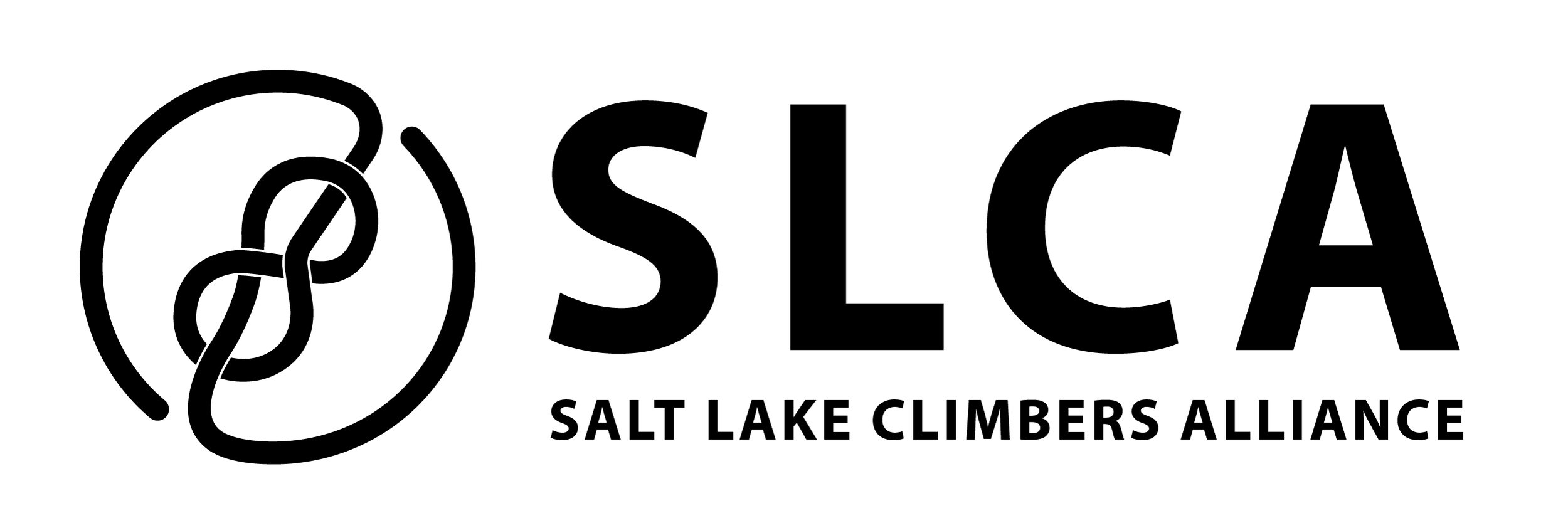By Cara MacDonald, KSL.com Contributor | Posted - Jun. 2, 2020 at 12:14 p.m.
SALT LAKE CITY — From the start of the COVID-19 pandemic, local climbing organizations have encouraged rock climbers to avoid climbing until the virus was less prevalent. Nonetheless, with Utah restrictions lifting, combined with perfect spring climbing temperatures, climbers are wondering how they can safely get back out onto boulders and crags.
"As the stay-at-home orders have (relaxed), we have (encouraged climbers) to follow the health guidelines by keeping crowds at bay, using hand sanitizer, cleaning climbing gear as much as possible, climbing only with people in their household and staying within their own party of people," Julia Geisler, Executive Director of the Salt Lake Climbers Alliance told KSL.com.
Salt Lake Climbers Alliance is Salt Lake County’s local, non-profit rock climbing and stewardship advocacy organization. Geisler explained that the majority of what they do is try to keep climbing areas open for climbers and keep those areas well-cared for. That involves things like trail-work to climbing areas and lessening climber's impact on the landscape.
And, more recently, providing information to Utah’s rock climbers about getting outside safely during a pandemic.
"Not knowing if you’re a carrier of this virus is pretty real," Geisler said. "There’s a lot of us where even if you’re healthy you could give it to someone else and they could take it home."
In Geisler’s own household, her boyfriend tested positive for COVID-19 but had very mild symptoms. The Salt Lake Climbers Alliance is encouraging climbers to bring the mindset that they may be asymptomatic and could still spread the virus while out climbing.
"We all start to get lax," Geisler said. "You look at your friend and you think 'they’re not a threat. They’re healthy, they’re young.' But we don’t know enough about this virus to make informed decisions about what’s safe and what’s not safe. So social distancing and wearing masks and hand sanitizing is all we know to do until we learn more."
The alliance has encouraged a variety of tactics to help prevent the spread of the virus at climbing areas around the state. The first and foremost among them being sanitizing and social distancing.
"Just like anywhere else, try to socially distance," Geisler told KSL.com. "(If a boulder is too crowded), you move on — maybe climbing isn’t going to happen that day. Do a different sport if you can’t find an area where you’re able to socially distance. It’s common sense to apply the public health guidelines to the sport that you want to do."
Salt Lake Climbers Alliance provided the following suggestions for safe climbing:
Do not go climbing if you are having COVID-19 symptoms, no matter how mild, or think you may have been exposed.
Only climb with those in your household.
Don’t add to the burden on hospitals — select climbs that are within your skill level and climb cautiously.
Avoid busy climbing areas and crowded trailheads.
Don’t put the rope or gear in your mouth.
Stay 6 to 10 feet away from those not in your household.
Use hand sanitizer before and after climbing a route and snacking.
Wear a mask in public settings if social distancing cannot be maintained.
Despite precautions, some rural communities are still requesting climbers not travel to climb. Visit climbing area status closures from the access fund and county government web pages for updated information on climbing area closures.
In a time where people are finding solace in the outdoors because it is safer, Geisler is also urging Utahns to think about the impacts they are having while recreating in Utah’s outdoor spaces.
"If you’re going to the desert, for example, and it’s packed and you have to drive all the way to alpine soil to park your car and camp, then your impacts are significant," Geisler explained. "Try to stick to sustainable surfaces that are minimizing your impact as a user, whether that means finding a different activity or a different place to go."
Geisler also suggested creating a poop plan to minimize impacts while camping and engaging in outdoor recreation.
Many organizations that maintain popular areas for outdoor recreation have lost their funding due to the COVID-19 crisis, according to Geisler, and so with an influx of visitors to outdoor destinations comes a lack of maintenance on trails, parking lots and public restrooms. As a result, she hopes that in addition to preventing the spread of the virus, outdoor recreators also seek to prevent damage to Utah’s outdoor spaces.
"Supporting stewardship efforts for the outdoors is really important as we’re all taking to these spaces," Geisler said. "Know that they’re underfunded and either advocate nationally for long term public land funds for maintenance or fund local organizations like the Salt Lake Climbers Alliance, Mountain Trails Foundation in Park City that are out there, boots on the ground, trying to reduce our impacts on these landscapes."
When recreating outside, whether it be climbing or any other outdoor sport, Geisler suggests considering how sustainable your travel plan is and whether the plan will allow you to increase your distance from others and minimize the spread of the virus.
Learn more about Salt Lake Climbers Alliance and read climbing-related COVID-19 updates on their website.
https://www.ksl.com/article/46752950/how-to-go-rock-climbing-outside-safely-during-a-global-pandemic
